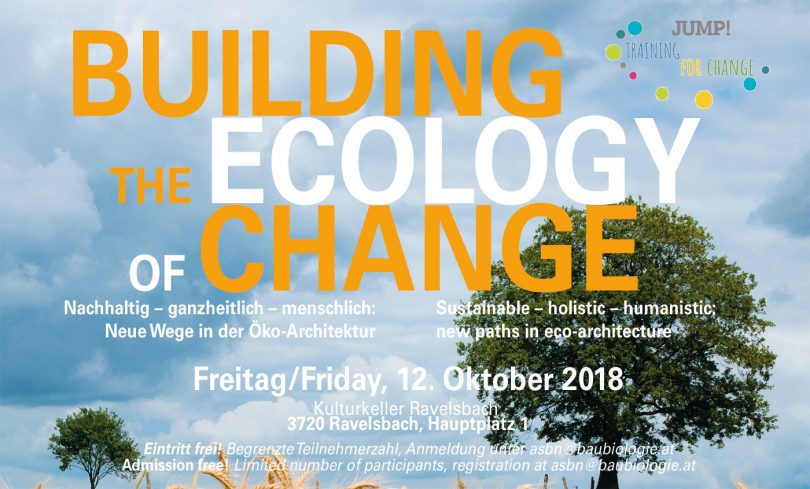Ein Review der Veranstaltung Building the Ecology of Change zum Nachlsesen und Nachschauen:
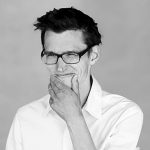 10:30 Was ist Öko-Architektur wirklich? / Eco Architecture – What Is Truly Green?
10:30 Was ist Öko-Architektur wirklich? / Eco Architecture – What Is Truly Green?
Maciej Jagielak, OSBN, PL
Das Video vom Vortrag (EN):
Sie sehen gerade einen Platzhalterinhalt von YouTube. Um auf den eigentlichen Inhalt zuzugreifen, klicken Sie auf die Schaltfläche unten. Bitte beachten Sie, dass dabei Daten an Drittanbieter weitergegeben werden.
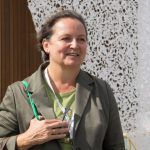 11:00 Nachhaltig Bauen mit Studierenden / Sustainable Building with Students
11:00 Nachhaltig Bauen mit Studierenden / Sustainable Building with Students
DI Dr. Karin Stieldorf, TU Wien, AT
DI Dr. Karin Stieldorf heads the Institute for Architecture and Design, working group for sustainable building at the Vienna University of Technology. But Karin also led the Austrian team, which won the solar house competition „Solar Decathlon“ in California in 2013, developed a house with used pallets with students and is our lead partner in the Smart City project Vivihouse. For services to the Republic of Austria she was awarded the Golden Medal by the Federal Ministry of Transport, Innovation and Technology.
Das Video vom Vortrag (EN):
Sie sehen gerade einen Platzhalterinhalt von YouTube. Um auf den eigentlichen Inhalt zuzugreifen, klicken Sie auf die Schaltfläche unten. Bitte beachten Sie, dass dabei Daten an Drittanbieter weitergegeben werden.
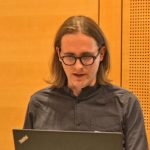 11:30 Vivihouse: gemeinsam fünfstöckig bauen / Vivihouse: co-building 5storey-houses
11:30 Vivihouse: gemeinsam fünfstöckig bauen / Vivihouse: co-building 5storey-houses
Mag. arch Paul Adrian Schulz, Initiative for Convivial Practices, AT
Mag. Arch Paul Adrian Schulz is a straw-building architect and next to Mikka Fürst and Nikolas Kichler one of the three partners of the Initiative for Convivial Practices at the Vienna University of Technology. Paul is co-founder of Sprungbrett Aspern and EGB – Einfach Gemeinsam Bauen (together with Gerhard Scherbaum). In the Vivihouse project, which is funded by the Climate Fund, straw/clay modules are prefabricated in this world’s first openly licensed self-assembly system for multi-storey residential construction with the participation of future tenants. This should make it possible in the future to build sustainable and healthy straw bale houses for the price of social housing. The ASBN is partner in this project and responsible for the training.
Das Video vom Vortrag (EN):
Sie sehen gerade einen Platzhalterinhalt von YouTube. Um auf den eigentlichen Inhalt zuzugreifen, klicken Sie auf die Schaltfläche unten. Bitte beachten Sie, dass dabei Daten an Drittanbieter weitergegeben werden.
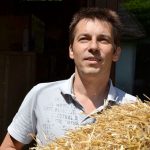 12:00 Gemeinsam Bauen mit StrohNatur / Communally Building with StrohNatur
12:00 Gemeinsam Bauen mit StrohNatur / Communally Building with StrohNatur
Herbert Gruber, ASBN, StrohNatur
Herbert Gruber, chairman of the ASBN, initiator and director of StrohNatur and, like Maciej, one of the presidents of ESBA, presents the idea of building together with straw bales and loam on the basis of numerous already realized and planned future workshop projects. The on-site workshops are also part of STEP – Straw Bale Training for European Professionals. In contrast to many introductory workshops, StrohNatur builds and renovates complete healthy living and sustainable straw bale houses.
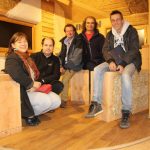 12:30 STEP: Training for European Professionals
12:30 STEP: Training for European Professionals
Herbert Gruber (ASBN, AT); Zuzaná Kierulfova (ArTUR, SK), Dittmar Hecken (BiWeNa, DE) and Dirk Eberhard (RFCP, FR) talk about European ECVET Straw Bale Building and Clay Training STEP, based on a 6-year Leonardo project (Erasmus +), about the 8 Units (straw bale infill, clay and lime finishes to architecture and building physics), about training and certifications, about European diversity. And already introduce certified straw balers.
Das Video vom Vortrag (EN):
Sie sehen gerade einen Platzhalterinhalt von YouTube. Um auf den eigentlichen Inhalt zuzugreifen, klicken Sie auf die Schaltfläche unten. Bitte beachten Sie, dass dabei Daten an Drittanbieter weitergegeben werden.
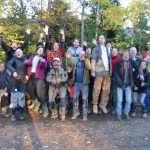 14:00 Jump! Training for Change
14:00 Jump! Training for Change
Now it gets colourful: Members from ArTUR (SK), ASBN (AT), BiWeNa (DE), EBUKI (UK), AsTerre, Fédé Ecoconstruire, RFCP (FR) und Tillitsverket (SE), all partners in the Erasmus + project Jump! describe the project and the results so far, but also their motivation, opportunities and their view of the need for sustainable, holistic and human change in Europe. In education, in eco-architecture but also in our everyday life.
Sie sehen gerade einen Platzhalterinhalt von YouTube. Um auf den eigentlichen Inhalt zuzugreifen, klicken Sie auf die Schaltfläche unten. Bitte beachten Sie, dass dabei Daten an Drittanbieter weitergegeben werden.
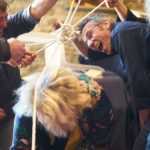 15:00 Play the Change
15:00 Play the Change
Tillitsverket (Stiftelsen Johannesdalsinitiativet), SE
And at the latest, everyone will wake up to an interactive game of our partners from Tillitsverket (Stiftelsen Johannesdalsinitiativet) from Sweden. Shall show: the methods of education have changed. It’s about self-knowledge, self-reflection, playful learning, creativity, participation, inclusion, emotions, heart, motivation, … and fun! That’s the best way to learn. In itself clear, but often forgotten in daily routine. And maybe this is the way how change succeeds!
Sie sehen gerade einen Platzhalterinhalt von YouTube. Um auf den eigentlichen Inhalt zuzugreifen, klicken Sie auf die Schaltfläche unten. Bitte beachten Sie, dass dabei Daten an Drittanbieter weitergegeben werden.
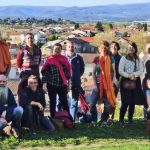
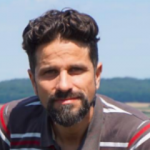
16:00 Podiumsdiskussion / Panel Discussion
With all lecturers, partners, actors. With ideas, statements, suggestions, experiences, feelings. The question is: how can we do that? Yes we can do this! And of course with your questions and ideas for a common change, moderated by Christian Reisenthaler, Strohblogger
17:30-18:00 End(e)
The Program as PDF: Event-Ecology-of-Change
Travel by train: from Vienna/Wien Franz Josefs Bahnhof (8:28) to Ziersdorf (9:17).
A shuttle bus to Ravelsbach awaits you there (free of charge) and will take you back to Ziersdorf after the event (please register).
Travel by Car: 3720 Ravelsbach, Hauptplatz 1 (Parking Space in front of the Church)
Cultural Cellar/Kulturkeller is located in the Baroque Garden of Pfarrkirche Ravelsbach.

